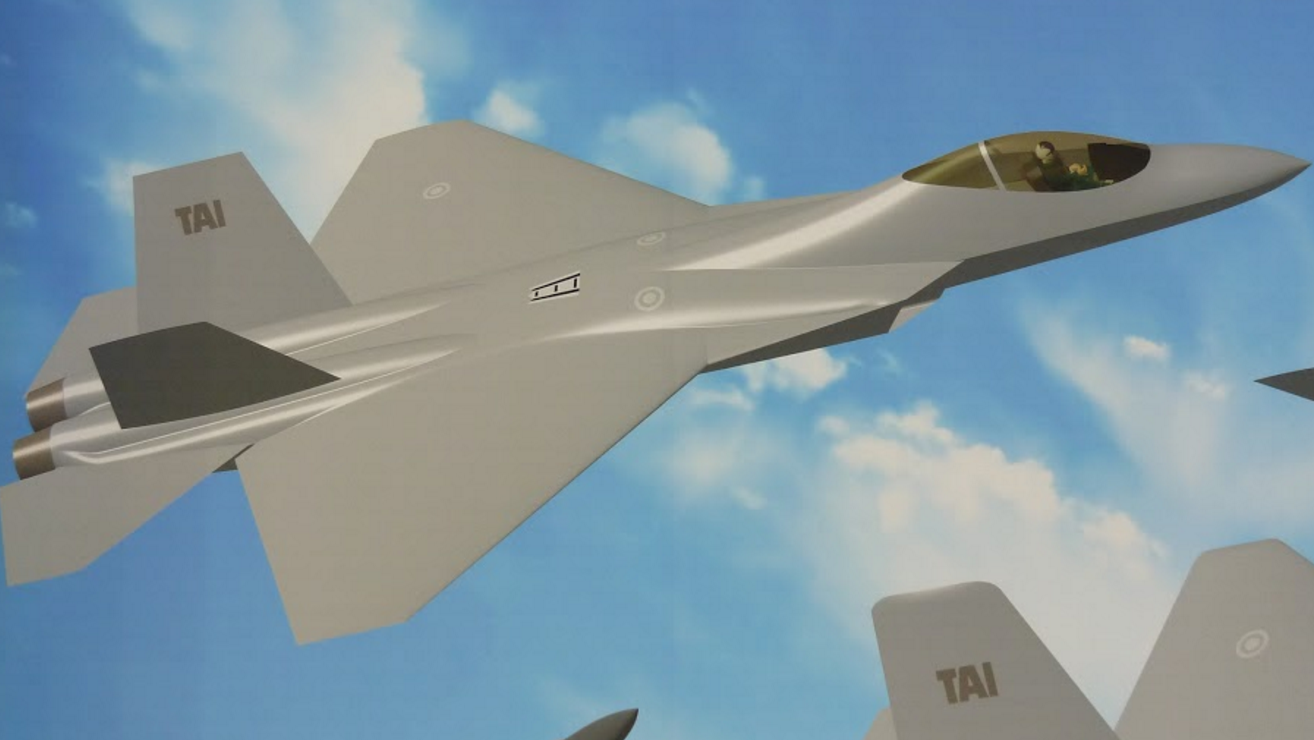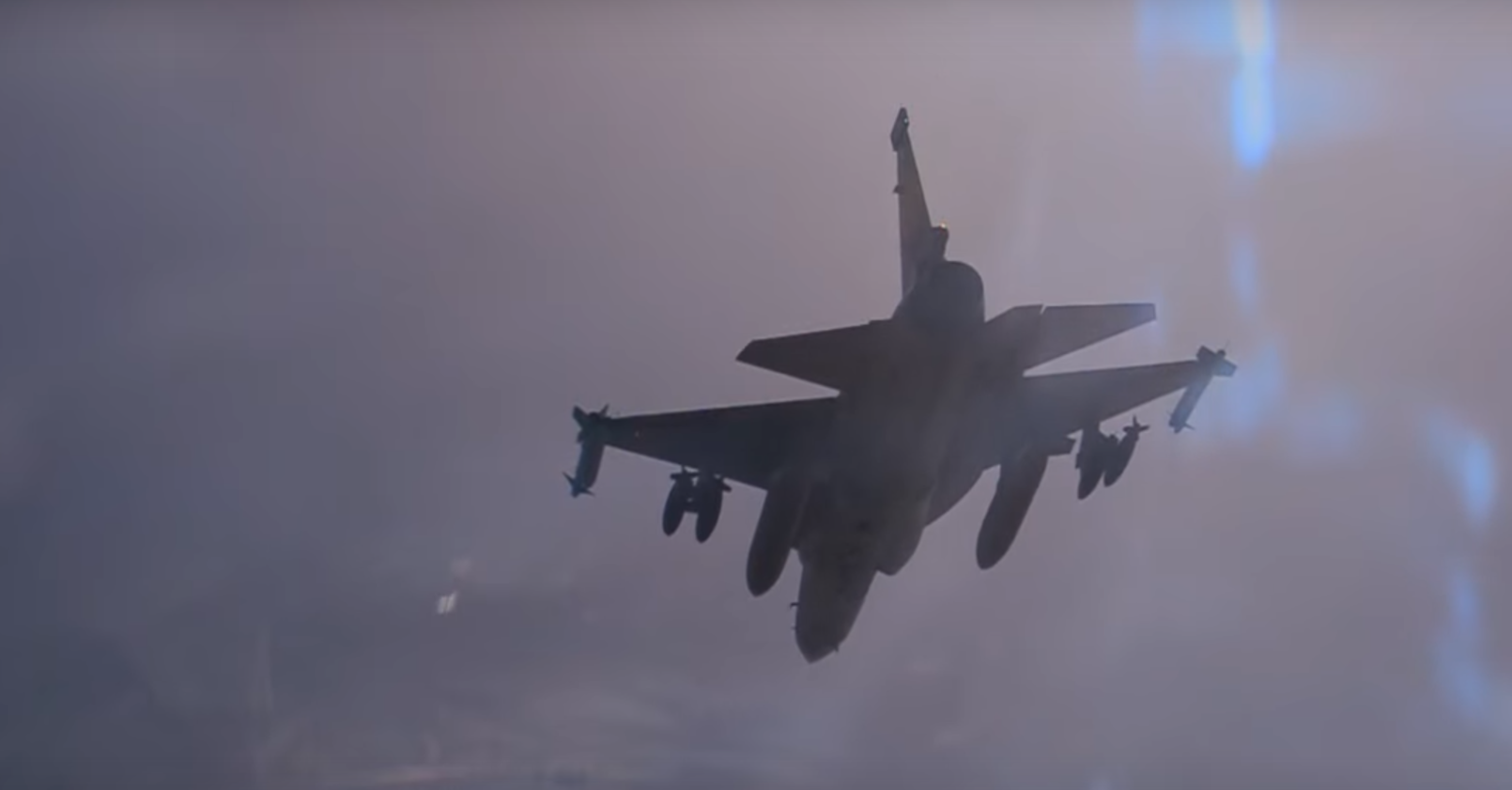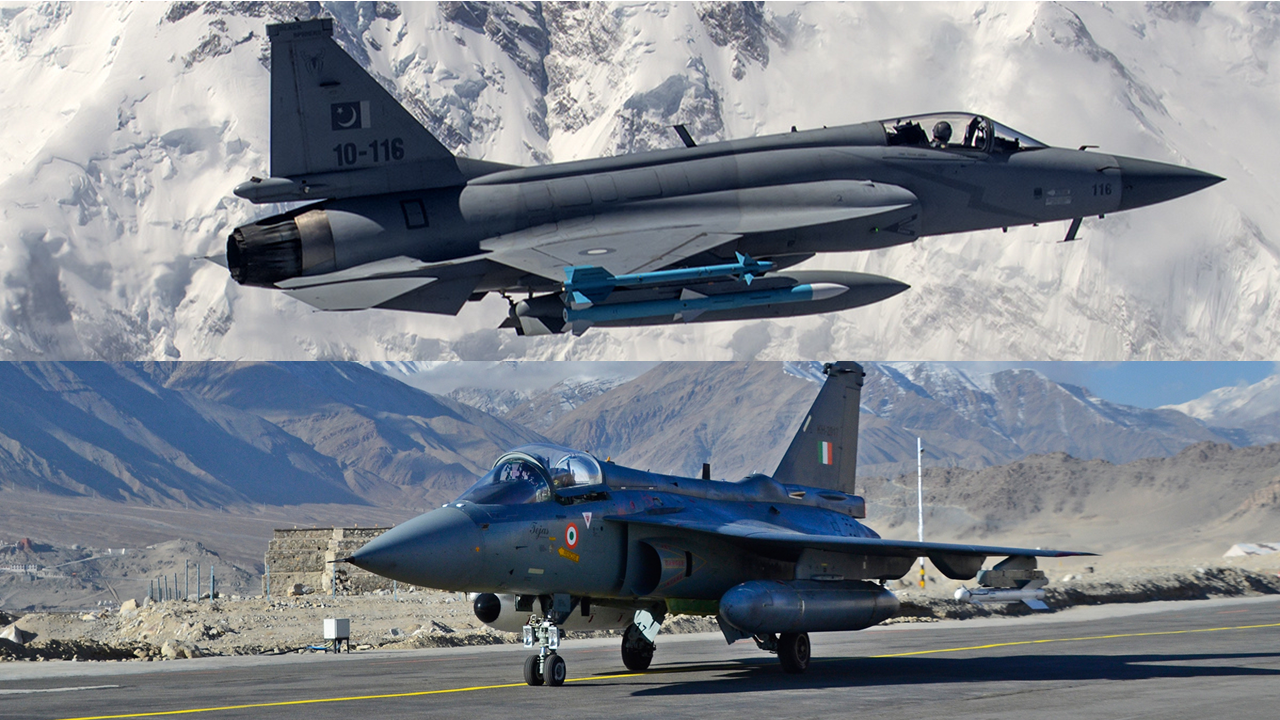2872Views 16Comments

Is Pakistan interested in the Turkish TFX? (Part 1)
With Turkey and Pakistan finalizing a number of important defence deals, such as the ASELPOD acquisition and Agosta 90B submarine program, some circles in both countries are of the hope that the era of strong bilateral defence relations is finally beginning. This has been an aspiration, especially since the mid-2000s when the two countries embarked to engage in areas such as joint technology development and training.
Sadly, a particularly troublesome political and economic period within Pakistan from 2009 put a heavy dampener on those aspirations, especially on the acquisitions front where the Pakistan Navy’s pursuit of four MILGEM corvettes fell through. Fortunately, the two countries still managed to nurture their ties in the realm of training, with the Pakistan Air Force (PAF) and Turkish Air Force (TuAF) being regular participants at one another’s exercises, such as Anatolian Eagle (Turkey) and Indus Viper (Pakistan).
The summer of 2016 could emerge as a milestone where major procurements and joint-initiatives become a more common sight between Anakara and Islamabad. For example, Pakistan requested $400 million in credit from Turkey to help finance a procurement of four MILGEM-based corvettes. Turkish Aerospace Industries (TAI) is also eager to sell its T-129 dedicated attack helicopter to the Pakistan Army. However, as valuable as these programs are on their own terms, their scope would utterly pale in comparison to the prospect of the PAF signing onto the TAI TFX next-generation fighter program.
The idea of this being reality is tenuous or on the weaker side, but a well-placed Pakistani government official reportedly told Turkey’s publicly owned media outlet Anadolu Agency that the two countries were in talks over the TAI TFX. Anadolu Agency even noted that if the program “materialized, it [would] be a flagship project between the two brotherly countries.” It has to be prefaced that government officials from Pakistan say many things, one only needs to look at the news of the PAF’s purported interest in the Sukhoi Su-35 as an example (of what could be wrong with what these officials say). When it comes to the PAF, it is always best to take it from the words of a publicly known PAF official.
At the same time, it would be unfair to extrapolate the weaker underpinnings of the Su-35 idea with the claims surrounding the TFX. For one thing, unlike Russia, Pakistan actually has a fruitful and increasingly strong defence relationship with Turkey. Furthermore, both countries are at work to connect Pakistan to big-ticket arms procurements (e.g. warships, helicopters and even drones); that cannot be said for Russia, at least at this time. While incredibly lofty in its own right, the idea of TFX coming up on the discussion table is still within the realm of reason. As a matter of fact, Turkey proceeded with the TFX in the hopes of exporting it.
But Turkey’s intentions aside, it is important to validate whether Pakistan itself could be interested in such a program. Fortunately, the PAF leadership has been relatively very open with its thoughts about its next-generation fighter needs and options. Its current commander, Air Chief Marshal (ACM) Sohail Aman, told PTV (a state-owned Pakistani media outlet) that the PAF was exploring its options in the ‘East’ and ‘West.’ Given the reality in front of Air Headquarters (AHQ), the PAF’s options in the East would be in the shape of Chinese platforms, namely the AVIC FC-31. But what could the PAF possibly look at from the West? An existing platform (such as the Eurofighter Typhoon) notwithstanding, the PAF’s next-generation option in the West would essentially center on the TFX. In fact, the TFX is a Western platform; the principal user is a NATO power (Turkey) and the platform’s technology progenitors are British and West European.
With the above in mind, one could plausibly suggest that the TAI TFX is an option for the PAF. However, this does not necessarily mean that the PAF would take that route. Part-two will examine the viability of the TFX in light with the PAF’s realities and alternative options.



16 Comments
by Bilal Khan - Quwa
This is only the first part discussing whether the TFX could be an option. Part 2 will examine the TFX against the other viable option – FC-31.
In anticipation to emotions running high and fingers beating hard, moderators will be extra vigilant for comments.
by Keyser
I would suggest that it is not unless every component will have a alternative Non western option. Also time frames will come into play. Most programmes tend to have some deadline slippage. The Chinese option has airframes built and will likely be around a lot faster.
by Quraishi
It will be good if this jet is co produced, Pakistan and Turkey.
by SP
Turkey is a nato member and a puppet of US with strong links with Israel. Turkey cannot compete with countries like China, Russia, U.S or France. Pakistan is better of sticking to a well known mainstream manufacturer rather than rebadging of old US technology.
by U
My opinion: Not a good idea for Pakistan, both T129 and TFX.
by Sinan Cagrı Kurt
There isn’t anything certain but British ambassador in Ankara gave interview a couple days ago. He said Turkey and UK are about to be partner on this programme. But this is Nothing official from Neither Tai nor SSM.
by Sinan Cagrı Kurt
As of today it is about to become Turkish & British project.
by Syed Arbab Shah
Financially, Pakistan has limited funds for R & D. It would be more appropriate if these funds were to be injected in JF 17 block 3.
Technically, Pakistan doesn’t have the kind of expertise required to contribute to a 5 th generation fighter program.
Strategically, Pakistan should opt for J 31 (It’s shortcomings can be improved upon with ease thanks to Chinese experience in the development of J 20).
Also, Pakistan cannot wait until 2025 for the TFX to be inducted into PAF, considering that India already has 200 + SU 30 MKI and will be inducting another 4.5 generation platform in the near future.
For Turkey, it can wait because it already has over 100 + F 35 JSF on order. For the Turkish Airforce, F 35 and TFX are going to supplement each other.
by MT
TFX is still in design phase & turks have no prior experience of develöping aircraft.
Even with tons of western & american system; the fighter plane will take atleast 15+ yrs to build with R&D cost of 15-20 bill$
by Salman Khan
Don’t be so sure bro. Anyway, the Pakistani involvement in TFX is subject to the strongest storms of doubt and speculation. And, given that I know that you hate Turkey too for no damn reason, it doesn’t matter to Turkey as well as it’s acquiring F-35s. Bre gafil ve ahmak.
by Salman Khan
I understand you are saying that being a NATO member is “Un-Islamic”. A country can join whichever alliance it chooses given its geopolitical situation. As a matter of fact, Turkey is now more safe and its people are living in far more prosperity than our suffering population. Also, Turkey is giving Pakistan very valuable help in economical and security aspects. We should attract Turkish investment in Pakistan in all aspects especially the economic investment, and work on boosting the already present Turk projects. Yes! I’ve a vision that with Turkish intensive investment in Pakistan, our people might start to have a life like their Turk brothers. İnşallah.
by Quraishi
Change, and addition of new partners is not that rare.
It is likely to be a good bargain, as Pakistan have some production experience and cheaper labour.
by Ahmad Shah Durrani
Everybody seems to be avoiding the elephant in the room. Why are the Western countries reluctant to sell Pakistan modern fighters. Pakistan financial resources are limited and leakage of technology to China are mentioned. Pakistan’s obsession with Talibans in Afghanistan is the main factor that has isolated Pakistan. Meanwhile Pakistan does not even have a Foreign Minister or Minister of State for Foreign Affairs. Pakistan cannot even have a competition between the suppliers to reduce the prices and ask for the technology transfer. We are sellers market where we pay high price with no transfer of technology.
by Syed Bushra
I admire that ACM Sohail Aman wants to design/build the ‘next generation’ fighter jet. This will help Pakistan establish its own aerospace industry. Also, in Turkiye we have found a like-minded partner that wants to design/build their own defence products and not just buy off-the-shelf stuff.
I’d like to point out that Turkiye is a NATO member so TFX is not a problem for it. In contrast, US-Pakistan relations can be turbulent. I don’t want Pakistan to be in a position where we pour billions into TFX only for US to start blackmailing us again. I know that TFX plans to use EJ200 and US sub-systems can be replaced but I have my doubts. Let’s wait and see how this plays out.
by Syed Bushra
JF-17 is a successful program and its development will continue. However, we need to remember that JF-17 is a lightweight multi-role combat aircraft, it does not negate PAF’s need for an air superiority fighter and that is where TFX, or some other 5th generation fighter jet program, comes in.
I’m completely against J-31 or any other off-the-shelf solution. Pakistan needs to develop its aerospace industry and another fighter jet program will be a step in that direction.
We are wasting money buying all these off-the-shelf solutions because come the next generation we will be back in the market and it will be more expensive. We have to build indigenous capacity. No two ways about it.
by Emre Aydoğdu
Bilal Khan, you can use this picture of the plane https://habermerkezi.files.wordpress.com/2012/06/tfx_1-tr.jpg